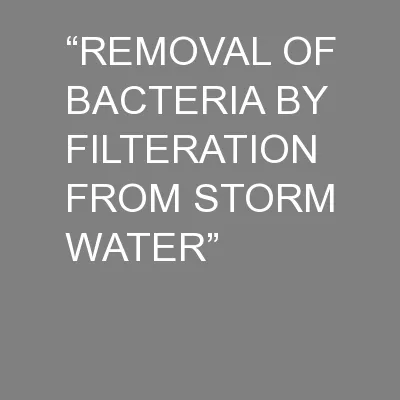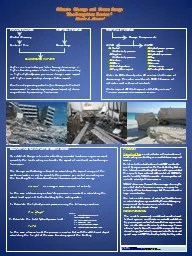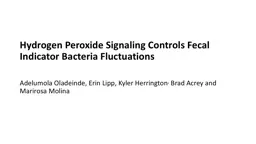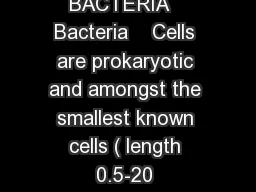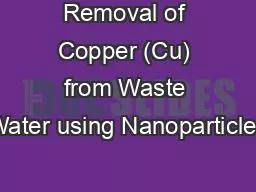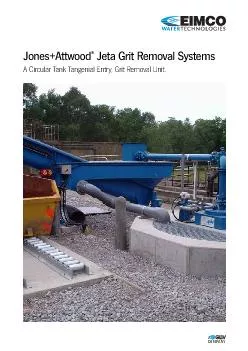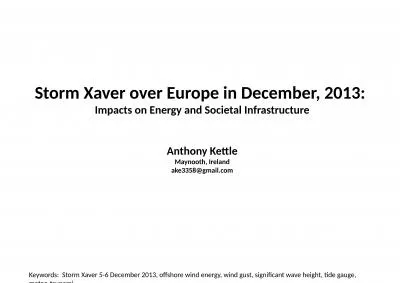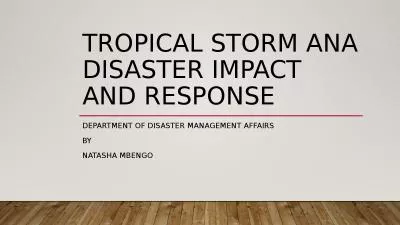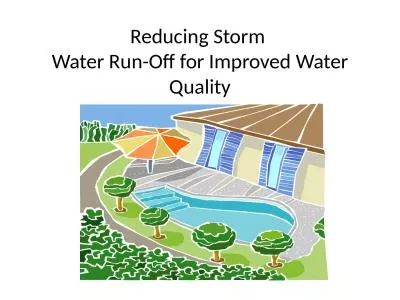PPT-“REMOVAL OF BACTERIA BY FILTERATION FROM STORM WATER”
Author : test | Published Date : 2016-03-17
Submitted by Shantanu Parashar Preeti Dinker Lalaram CEL 795 Term Paper Report on PREPARED UNDER THE GUIDANCE OF
Presentation Embed Code
Download Presentation
Download Presentation The PPT/PDF document "“REMOVAL OF BACTERIA BY FILTERATION FR..." is the property of its rightful owner. Permission is granted to download and print the materials on this website for personal, non-commercial use only, and to display it on your personal computer provided you do not modify the materials and that you retain all copyright notices contained in the materials. By downloading content from our website, you accept the terms of this agreement.
“REMOVAL OF BACTERIA BY FILTERATION FROM STORM WATER”: Transcript
Download Rules Of Document
"“REMOVAL OF BACTERIA BY FILTERATION FROM STORM WATER”"The content belongs to its owner. You may download and print it for personal use, without modification, and keep all copyright notices. By downloading, you agree to these terms.
Related Documents

